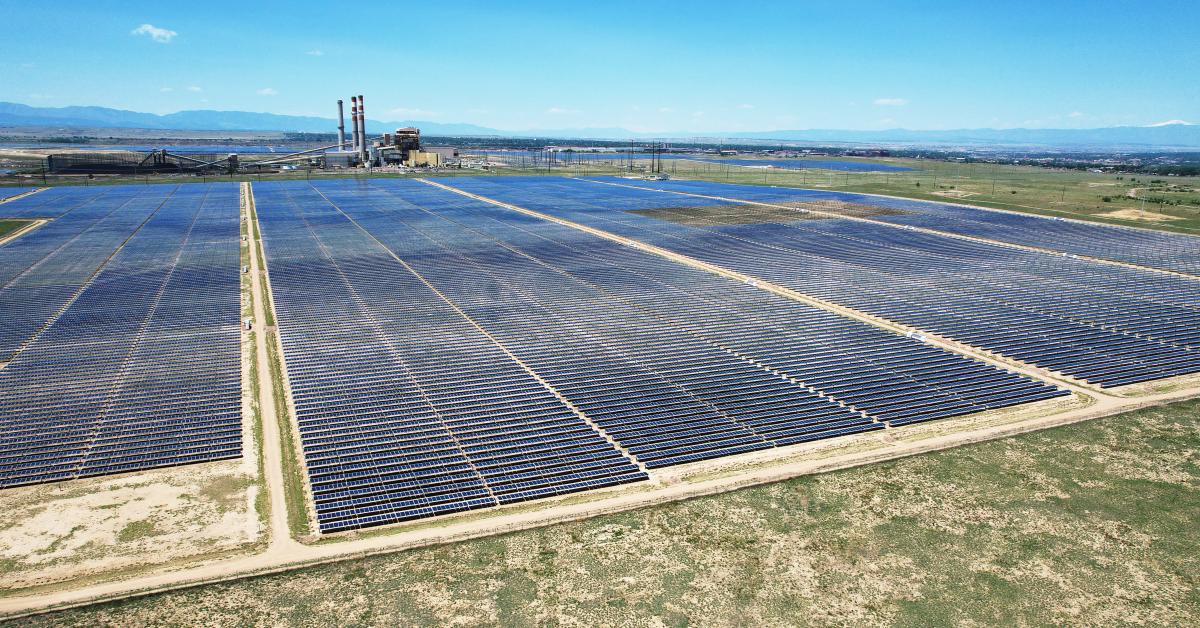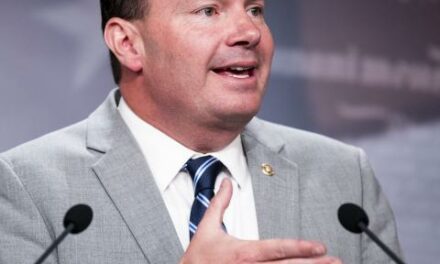We support our Publishers and Content Creators. You can view this story on their website by CLICKING HERE.

Colorado plans to reduce its greenhouse gas emissions by expanding its offering of electricity-powered public transportation and leaning into lowering traffic.
The state recently released Vision 2035, which explains its plans to reduce greenhouse gas emissions in the transportation sector by promoting electric vehicles, public transportation, and multimodal travel, including cycling.
Colorado aims to have a 65% carbon emission reduction from 2005 to 2035, the report said.
“We expect emissions reductions in the oil and gas sector, as well as in power, to continue to meet and exceed economy-wide targets,” the report said. “Meanwhile, emissions from transportation are projected to decline by about a third from 29.1 MMT in 2005 to 19.8 MMT in 2035, despite population growth and increased demand for transportation services.”
While the report detailed how much would be saved if the vision is achieved, it did not provide information on how much the broad transportation plan would cost at the federal, state, or local levels.
The increasing popularity of EVs is a big reason for Colorado’s emission drop in the transportation sector; it will cut the sector’s emissions by about one-third by 2035.
The report expects a spike in EV popularity over the next decade. It expects that 88% of the state’s car and SUV sales by 2035 will involve EVs, while 46.5% of the state’s on-road fleet of cars and SUVs will be EVs; that’s up from the 20.6% and 4.8% it projects in 2025, respectively.
Similarly, Colorado wants to heavily increase its reliance on public transportation; it wants an 83% increase in transit service by 2035. Colorado hopes to meet this goal by improving transit safety and connectivity between local and regional transit services, expanding public transportation offerings, establishing zero-emission modes of public transportation, and increasing funding and staffing, the report said.
Additionally, the state wants more people to cycle and walk to destinations, particularly in urban areas.
To do this, the report said the state will support pedestrian and cyclist-friendly infrastructure, dense zoning and mixed-use development, and rebates and tax credits for e-bikes. It will also try to address policy barriers that inhibit walking and cycling at the state and local levels, according to the report.
“Vision 2035” says the state will benefit from its emissions reduction plan in many ways. Here are some examples, according to the report:
Improves air quality and improves public health by reducing planet-warming greenhouse gas (GHG) emissions and regional air pollutionSaves people money by improving access to more affordable and reliable transportation optionsFixes our roads and invests in maintenance of the systemEnsures safe travel, whether by driving, walking, biking, or taking transitImprove access to jobs and services for all Coloradans, including those who don’t drive or prefer not to drive, such as seniors, adolescents, people with disabilities, and people who can’t afford car ownership.Reduces congestion on the roads and improves driver safetyExpands opportunities for physical activity and access to public places and the great outdoorsAddresses transportation inequities for low-income residents and rural and urban communities alike.
The Climate Action Plan to Reduce Pollution in 2019 and the 2021 Greenhouse Gas Pollution Reduction Roadmap laid the foundation for the latest report. The former set emission reduction targets across various sectors of the state’s economy, while the latter identified ways the state could reduce pollution. The state plans to go carbon-free by 2050.
The most recent report also found that the state has begun or finished over 95% of its near-term actions, while it plans to start more efforts shortly.

 Conservative
Conservative  Search
Search Trending
Trending Current News
Current News 





